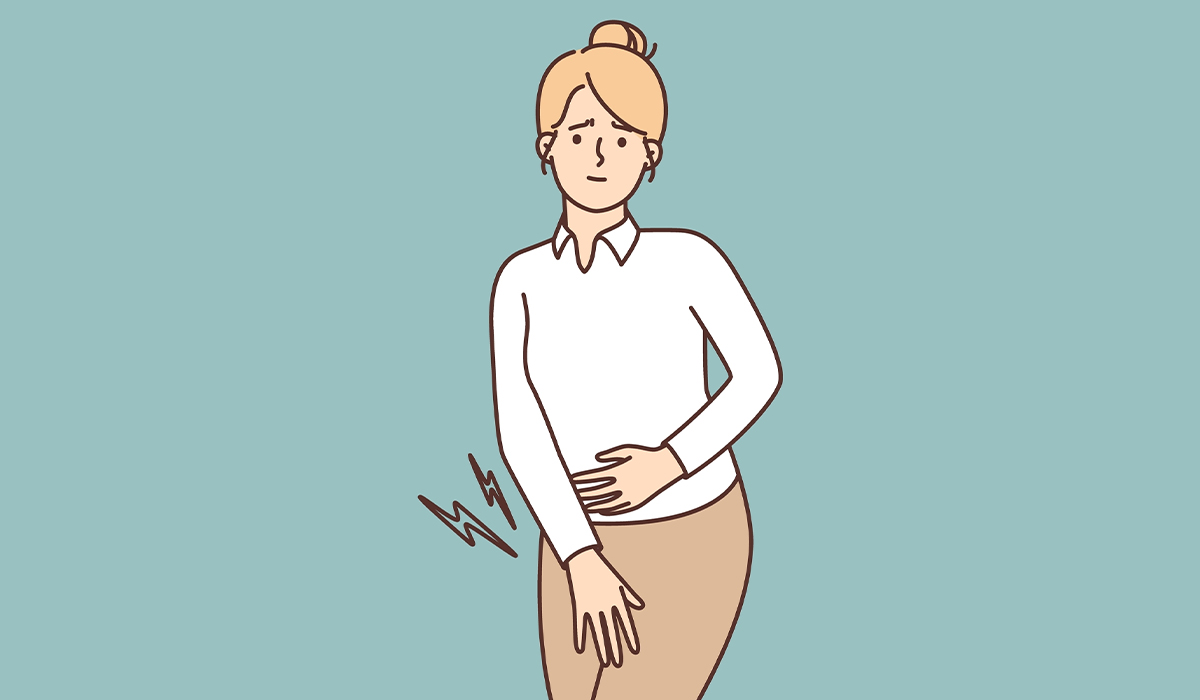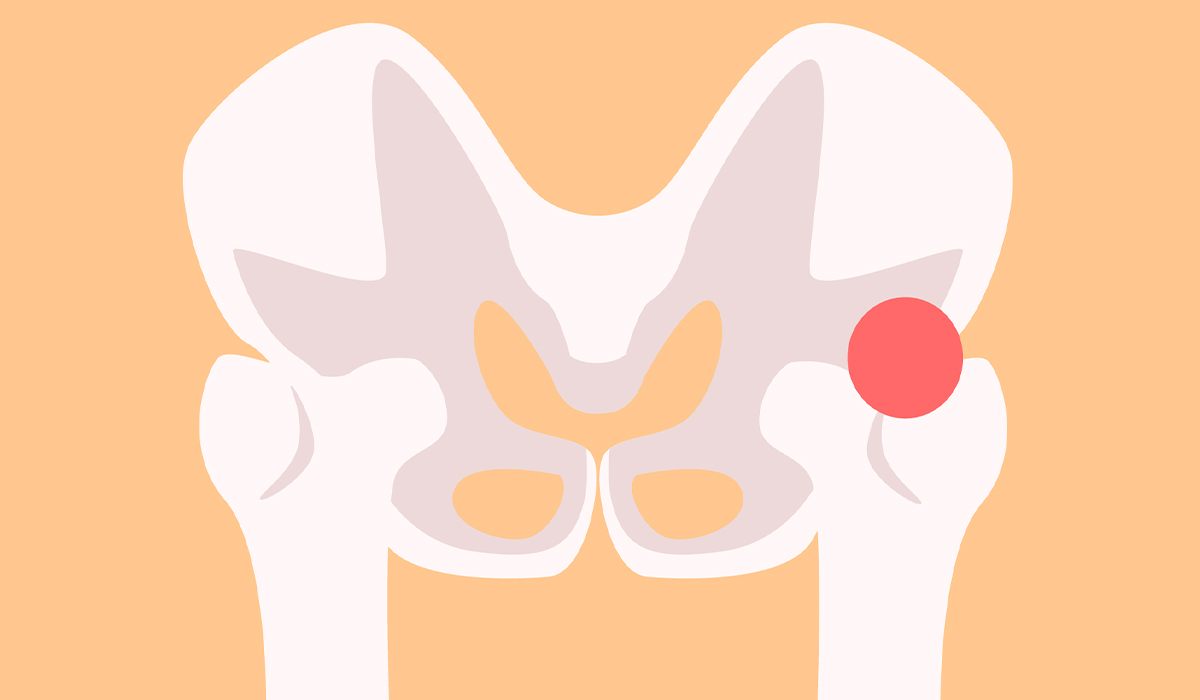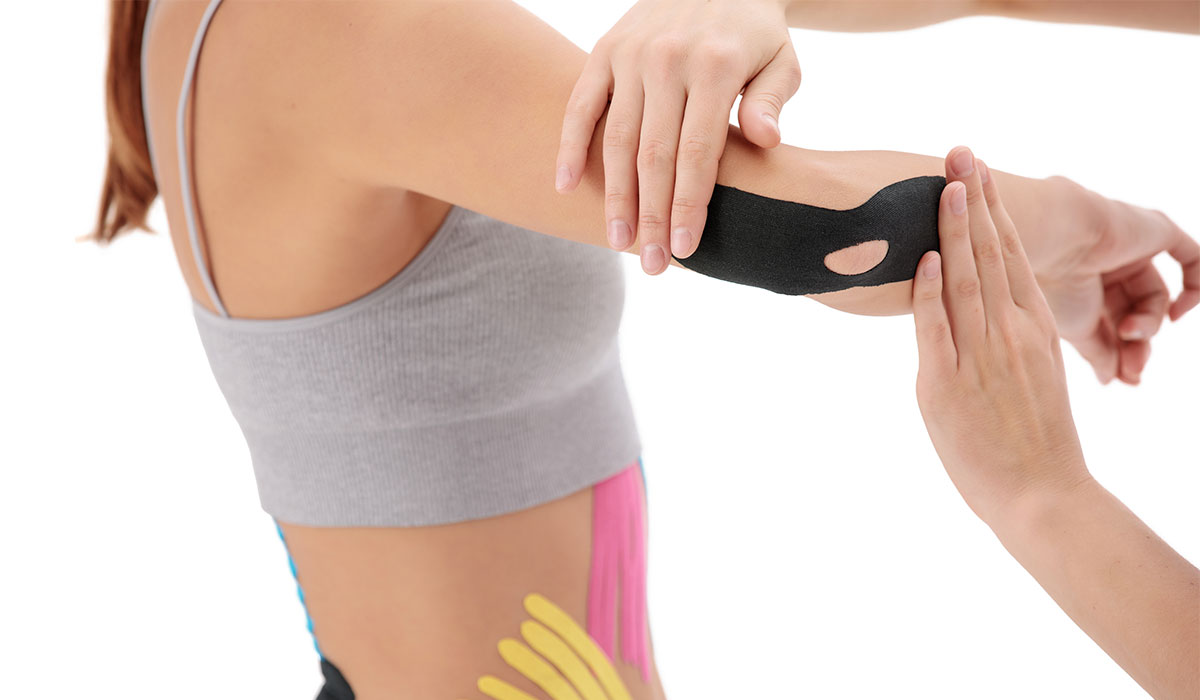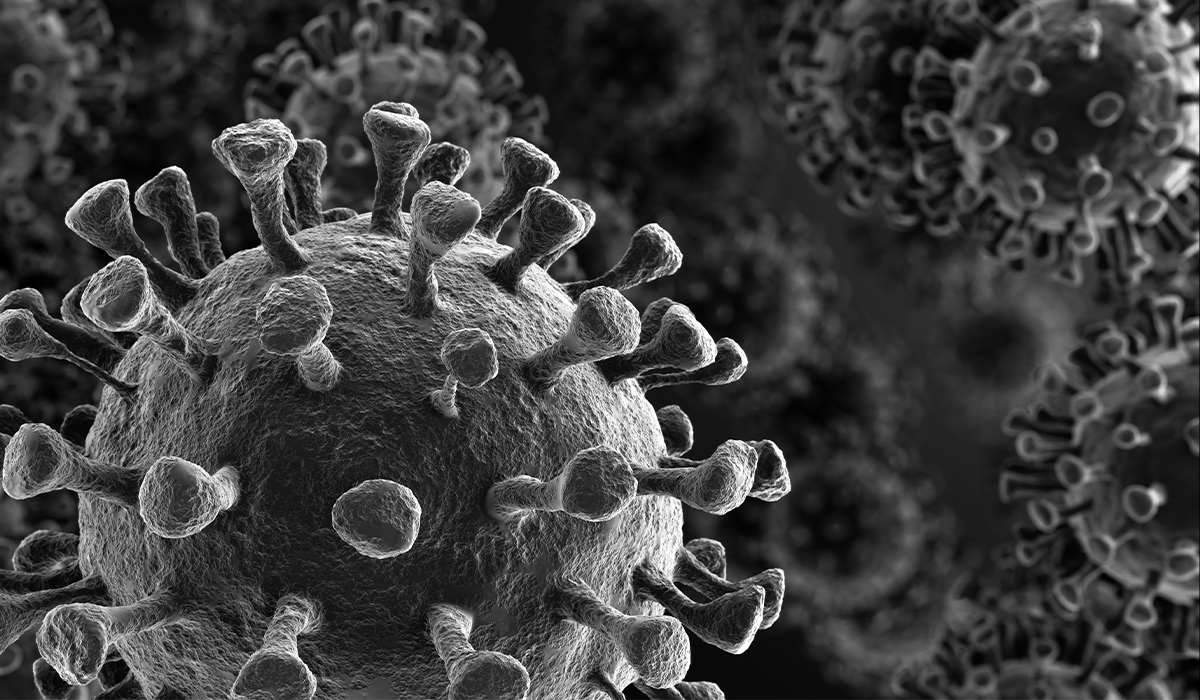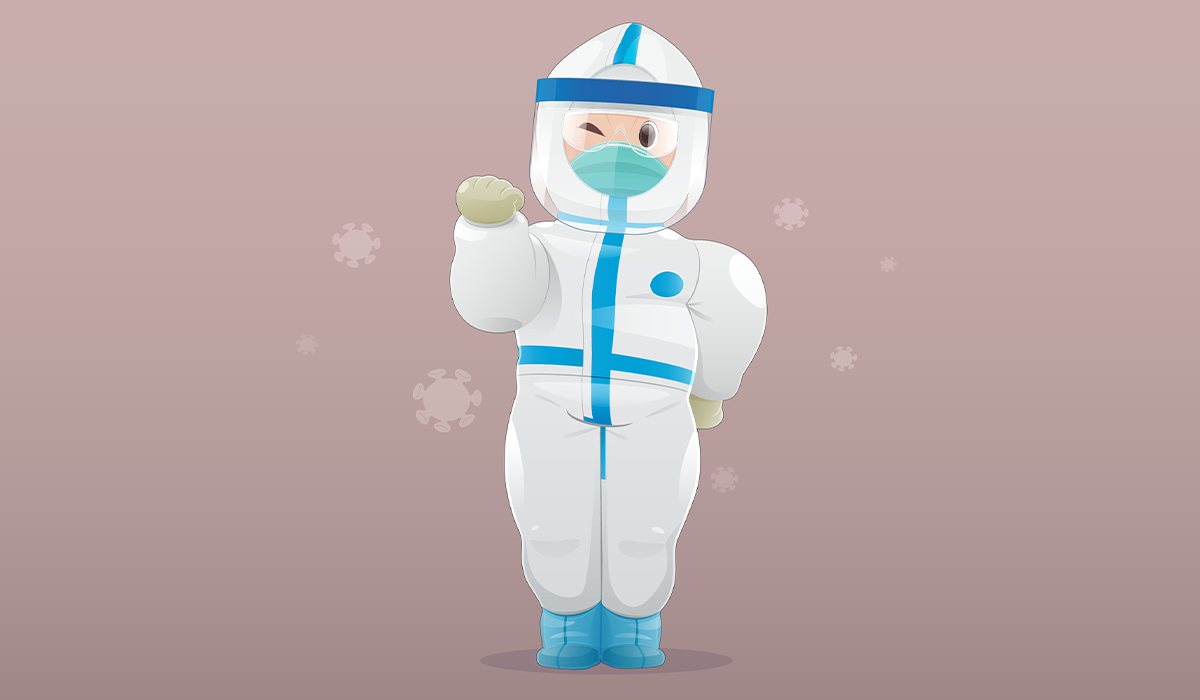Impetigo can be caused by one of the two bacterium: Staphylococcus aureus or Streptococcus pyogenes. Infected children need to undergo antibiotic treatment and stay at home to prevent the infection from spreading to, for instance, their peers at school or neighborhood friends.
Although impetigo can affect anyone regardless of age, it is most often observed among infants and children between 2 and 5 years old. The infection spreads quickly through direct skin contact, so it is vital to know the safety guidelines to prevent the disease from spreading to others. You can learn more about self-care tips in the ‘Impetigo Prevention – 8 Tips To Control The Infection‘ paragraph.
Types of Impetigo
There are three types of impetigo: nonbullous, bullous, and ecthyma. In all three types, symptoms appear between 2 and 10 days after getting infected. The most common complaints are reddish sores and blisters that appear around the nose or mouth. The sores tend to rupture and ooze for several days quickly. They can spread to other body parts after being touched, rubbed, or scratched.
In addition to sores, impetigo can cause additional symptoms based on its type:
- Characteristic symptoms of bullous impetigo are large, fluid-filled blisters that quickly burst open. A crust then surrounds open sores.
- Nonbullous impetigo is the most often observed type of impetigo. In this condition, sores and crust are accompanied by discolored patches of skin.
- The less common type of impetigo is ecthyma. It is the most severe type in which deeper layers of skin are affected by an infection. Like other types, it causes sores that break down and crust over. However, the ecthyma sores are large and may leave scars.
Causes
Impetigo can be caused by Staphylococcus aureus or Streptococcus pyogenes bacterium. The infection occurs when the bacterium enters the epidermis, the outer layer of the skin. Arms, legs, and face are the most often affected body parts.
Impetigo infection often develops due to insect bites, skin cuts, and eczema – an inflammatory skin condition characterized by a rash and dry, cracked skin. Less commonly, impetigo symptoms may develop on healthy, undamaged skin.
Direct contact with infected people is the primary way streptococcal impetigo spreads from person to person. The disease usually develops in crowded places such as daycare centers and schools.
Risk Factors
A higher risk of impetigo is associated with several factors. The most significant is age – infants and children aged 2 to 5 are at the most important risk of getting infected. As for adults, these risk factors may affect the chance of developing impetigo:
- Living in a hot, tropical climate with mild winters and humid summers
- Sports characterized by skin-to-skin contact
- Getting your skin cut, bruised, or scrapped often due to unsafe work conditions or contact sports
- Having scabies infection
- Living with other people in one house (the risk increases with the number of people)
- Poor personal hygiene
Complications
Impetigo is not a dangerous condition and rarely leads to complications. The possible outcomes of the infection include the following:
- Rheumatic fever: Rheumatoid fever may develop when the immune system responds to the impetigo infection with inflammation. Symptoms include fever, fatigue, painful joints in knees, elbows, and wrists, among other health issues. If you believe you have developed rheumatoid fever, contact your healthcare provider as soon as possible.
- Soft tissue infection: Infection of the soft tissue or skin may occur due to the bacteria that causes impetigo. Symptoms include rapidly spreading redness of skin, pain, and warmth. Soft tissue infection requires immediate medical care.
- Staphylococcal scalded skin syndrome: Staphylococcal scalded skin syndrome (SSSS) is a rare but severe complication resulting from Staphylococcus aureus infection, which can also cause impetigo. It typically occurs in infants and young children. It is characterized by widespread skin redness, blisters, and peeling that resembles a scalding burn. This condition requires prompt medical attention, including hospitalization and intravenous antibiotics.
- Toxic shock syndrome: Toxic shock syndrome (TSS) is another rare but potentially life-threatening complication associated with Staphylococcus aureus and Streptococcus pyogenes infections, including those that cause impetigo. TSS can lead to fever, rash, low blood pressure, and organ dysfunction. It requires immediate medical intervention, often in an intensive care setting.
- Scarring: Sores caused by ecthyma impetigo may result in scars.
Similar Health Conditions
Some skin conditions may cause similar symptoms to impetigo. These include:
- Eczema: Eczema is an inflammatory skin condition that causes rash, scaly patches, itchiness, and blisters. Unlike impetigo, eczema cannot be treated. Its symptoms can be managed with adequate treatment.
- Ringworm: Ringworm is a common infection caused by a fungus. This condition can affect anyone, developing symptoms such as ring-shaped rash, itchiness, and dry, cracked skin.
- Erysipelas: In this condition, skin issues develop due to the Erysipelothrix rhusiopathiae bacterium. Its characteristic symptoms include those that are similar to impetigo (skin sores and blisters) but also fever, chills, swollen and shiny skin, and red streaks.
- Cold sores: Also known as fever blisters, cold sores are tiny blisters filled with fluid that usually appear around the mouth. It’s a common viral infection that can be managed with antiviral medicine.
Diagnosis and Tests
Impetigo can usually be diagnosed based on blisters, sores, crust around the burst sores, or discolored patches of skin. Doctors rarely order tests to confirm impetigo unless there are additional symptoms.
If symptoms don’t improve after treatment, a doctor may want to take a liquid sample from one of your sores to identify the bacteria causing the infection.
Conventional Treatment
Antibiotic therapy is the most common way of treating impetigo infection. The form of an antibiotic depends on a doctor’s recommendation and the patient’s needs. Most people are prescribed topical antibiotics (an ointment or a cream) to apply to the skin. Oral antibiotics are also an option. These come in the form of liquids and pills and are effective against impetigo that covers several body parts or large areas of skin.
Antibiotic treatment is standard for many bacterial infections. If used against impetigo, it can get rid of it within 7 to 10 days. However, it may take longer to heal if other skin infections or diseases accompany it.
In addition to prescribed medications, you can complement the treatment with home remedies. These include essential oils: tea tree, geranium, and patchouli oil. Ask your doctor before using essential oils and other home remedies on your skin.
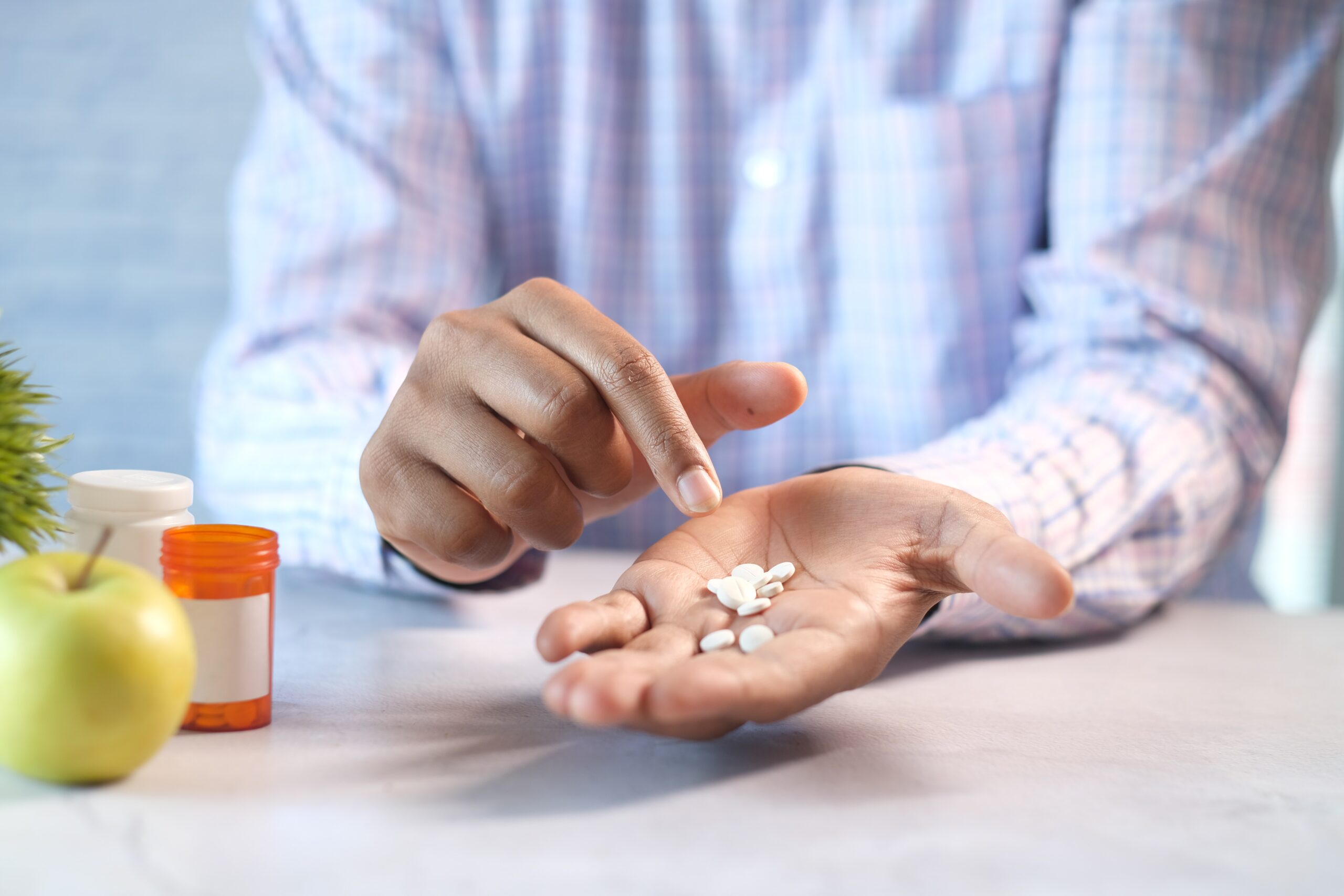
8 Tips to Control The Infection
As a highly contagious infection, impetigo quickly spreads from person to person if self-care practices are not implemented. If poorly managed, bacteria can spread to other parts of your body and the people you interact with.
The following tips can help you or your child to control the infection correctly and reduce the risk of spreading it further and worsening its symptoms:
- Impetigo is a very itchy infection, but unfortunately, scratching your skin is a double-edged sword. Rubbing your cuts or wounds causes bacteria to spread to other parts of your body and may also infect others more easily. To prevent this, use anti-itch medicines to relieve itchiness.
- During an infection, you may find that your child often forgets the above rule. Because it is difficult to resist, scratching may sometimes happen inadvertently. One way to reduce tearing the skin is to keep nails short and trimmed. Longer nails are more likely to damage the skin and worsen impetigo.
- Don’t touch or scratch the sores – it is a primary way for the bacteria to spread to other parts of your body.
- Keep sores clean and covered according to your dermatologist’s advice. Healthcare specialists usually recommend cleaning sores with soap and water and covering them with gauze bandages.
- Don’t share personal items with others, especially hygiene items like razors, towels, or nail cutters. If your child is infected, ensure they don’t share toys with other children.
- Disinfect surfaces and objects, especially doorknobs, you touch at your home. This simple safety measure will prevent others from getting infected.
- Wash your hands with soap after using a toilet, treating your skin, or getting dirty.
- If you cut or injure your skin, keep it clean and covered. You can also apply an antibiotic cream.
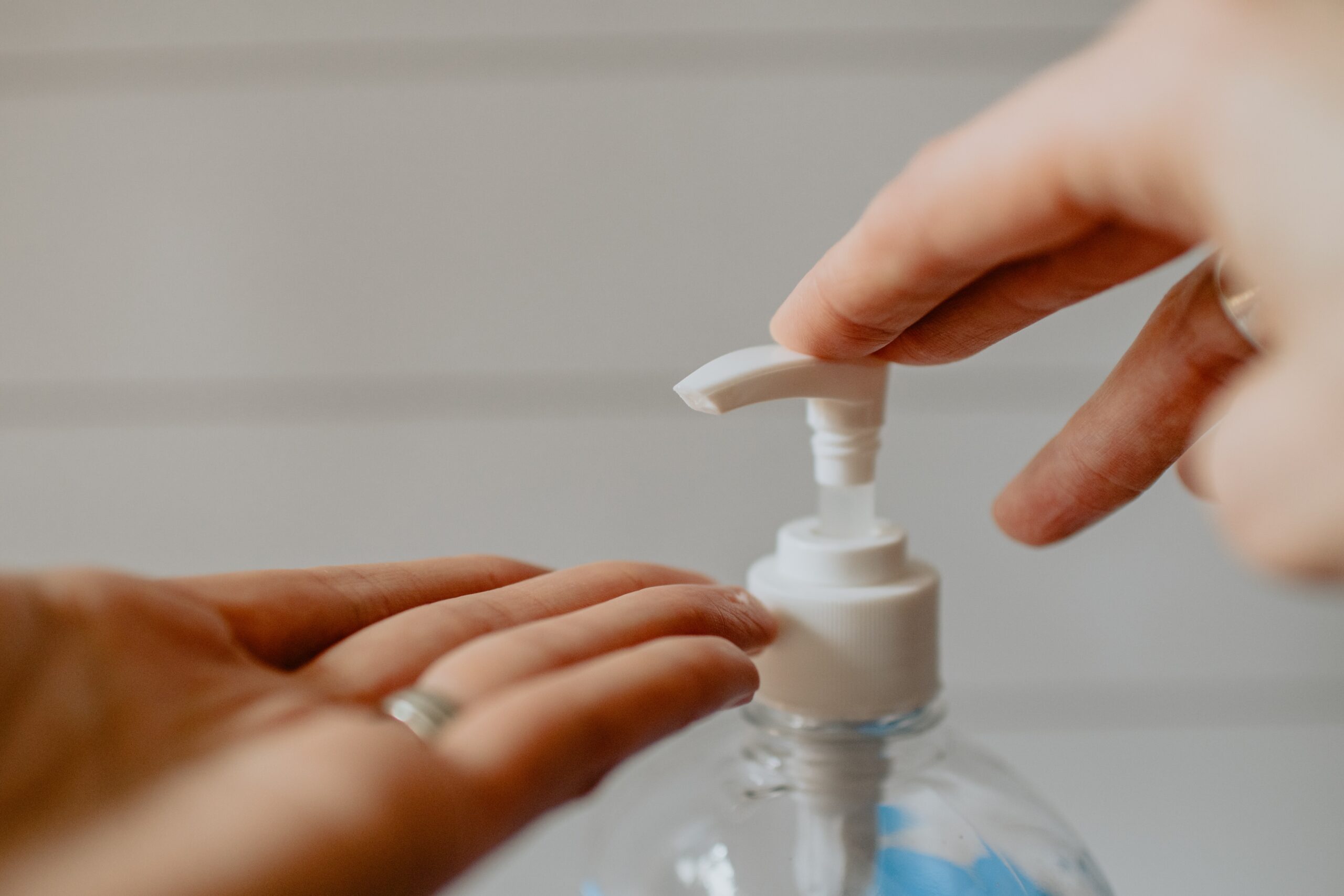
Getting Infected Again
Impetigo is an exceptionally infectious condition that is impossible to entirely prevent from happening again. However, several strategies exist to lower the risk:
- If a person you know has symptoms of impetigo, don’t touch their skin and avoid getting in contact with surfaces and objects they felt. These may include doorknobs, hygiene items, sporting equipment, sheets, or towels.
- Keep the personal hygiene items and sporting equipment private from others. It is a good practice, even if you are not explicitly trying to avoid impetigo infection.
- If you or your child get cut or bitten by an insect, treat the wounds as soon as possible by washing them with soap and water and bandaging them. For extra protection, you may apply an ointment or antibiotic cream.
- Avoid wearing dirty and damaged, worn-out clothes.
- Take a shower after each workout or sports competition.
Key Facts
Impetigo is a highly contagious skin disease primarily affecting infants and young children, though it can affect individuals of any age. It is characterized by sores and blisters, often around the nose, mouth, hands, and feet. Impetigo is typically caused by bacterial infections, primarily Staphylococcus aureus or Streptococcus pyogenes.
There are three main types of impetigo: nonbullous, bullous, and ecthyma, each with distinct symptoms and severity levels. It spreads rapidly through direct skin contact, making prevention crucial.
Common complications include rheumatic fever, soft tissue infections, scarring, Staphylococcal scalded skin syndrome, and toxic shock syndrome, although these are rare. Diagnosis is usually based on visual symptoms, with tests rarely required.
Treatment primarily involves antibiotic therapy, either topical or oral, prescribed by a healthcare professional. Home remedies such as essential oils may complement medical treatment. Preventing the spread of impetigo involves proper hygiene, avoiding scratching, keeping sores clean and covered, not sharing personal items, disinfecting surfaces, and practicing hand hygiene.
Reducing the risk of reinfection involves avoiding contact with infected individuals, maintaining personal hygiene, promptly treating cuts and insect bites, and maintaining clean clothing and post-activity showers. Impetigo is highly infectious but manageable with proper care and treatment.
Sources
- CDC. (2022). Impetigo: All You Need to Know.
https://www.cdc.gov/groupastrep/diseases-public/impetigo.html - MedlinePlus. (2022). Impetigo
https://medlineplus.gov/ency/article/000860.htm - Holly Hartman Adams et al. (2014). Impetigo: Diagnosis and Treatment.
https://www.aafp.org/pubs/afp/issues/2014/0815/p229.html - American Academy Of Dermatology Associacion. IMPETIGO: SIGNS AND SYMPTOMS.
https://www.aad.org/public/diseases/a-z/impetigo-symptoms - American Academy Of Dermatology Associacion. 10 TIPS TO PREVENT SPREADING IMPETIGO, AND AVOID GETTING IT AGAIN.
https://www.aad.org/public/diseases/a-z/impetigo-self-care
